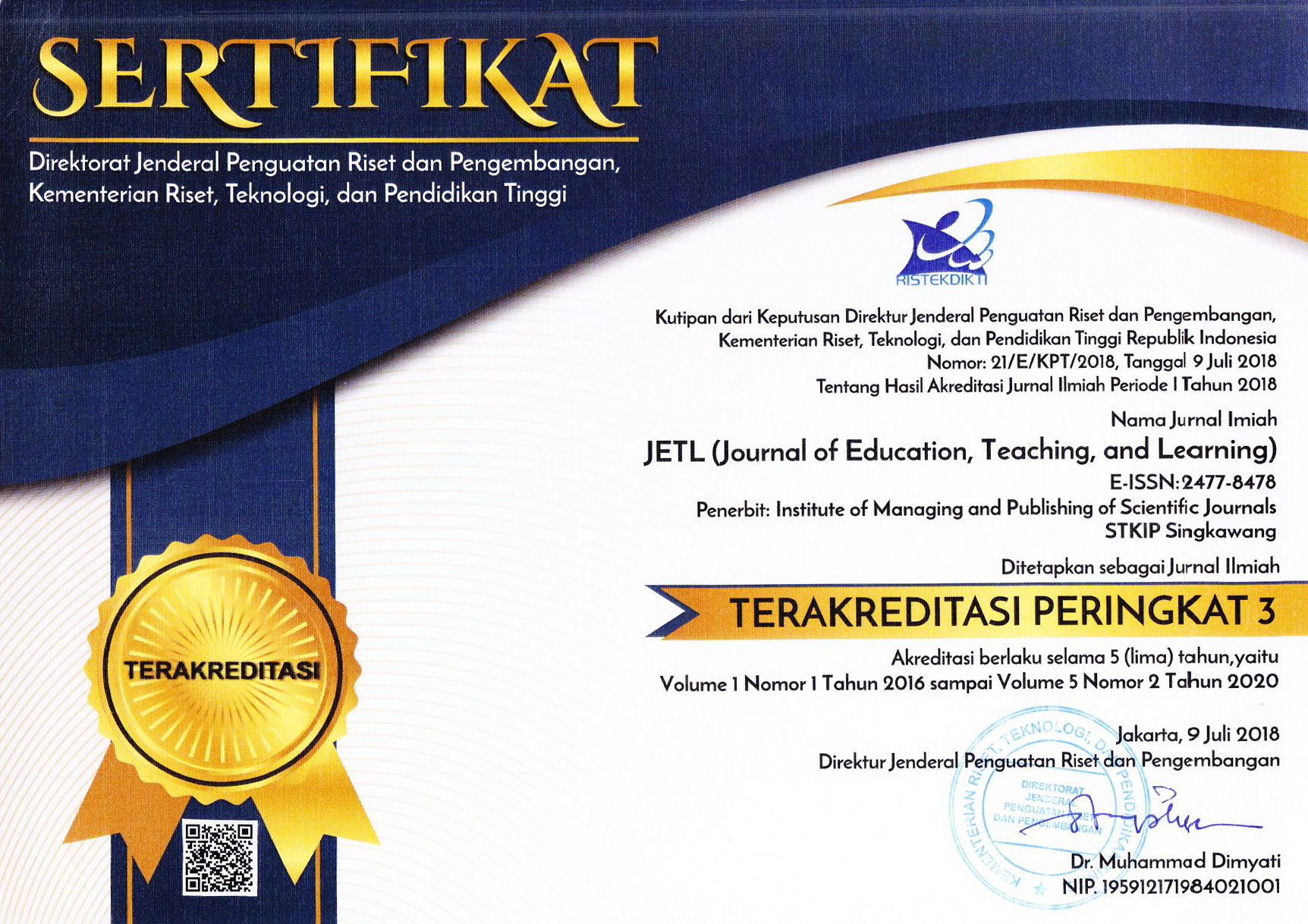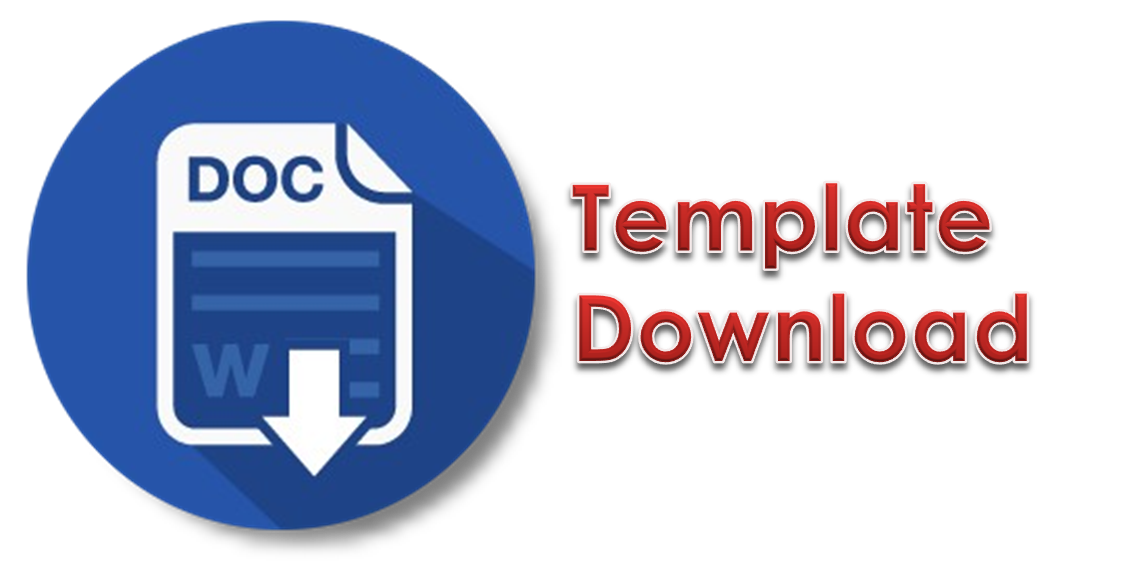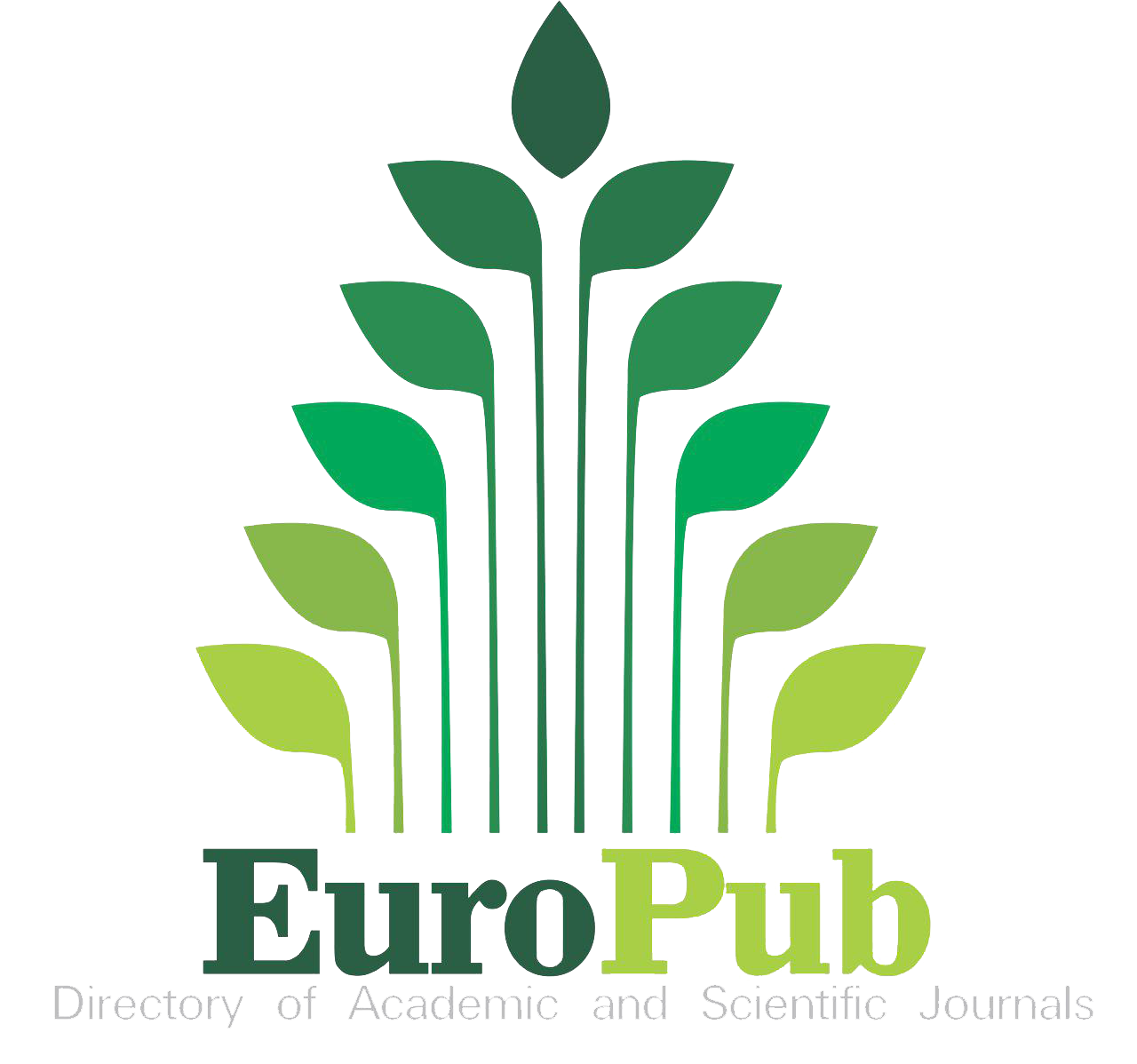Exploration of Mathematics Concepts in QS An-Nur
Abstract
Keywords
Full Text:
PDFReferences
Abdussakir. (2014). Matematika dalam Al-Qur’an. Unit Penerbitan UIN Maulana Malik Ibrahim. Malang
Al-Faqih, K. M. S. (2017). A Mathematical Phenomenon in the Quran of Earth-Shattering Proportions: A Quranic Theory Based On Gematria Determining Quran Primary Statistics (Words, Verses, Chapters) and Revealing Its Fascinating Connection with the Golden Ratio. Journal of Arts and Humanities, 6(6), 52–73. https://doi.org/10.18533/journal.v6 i6.1192
Anonim. (2019). Hasil PISA Indonesia 2018: Akses Makin Meluas, Saatnya Tingkatkan Kualitas. (Online) Biro Komunikasi dan Layanan Masyarakat
Kementerian Pendidikan dan Kebudayaan dari http://kemendikbud.go.id (2021, 29 Januari).
Basya, F. (2004). Matematika Islam: Sebuah Pendekatan Rasional untuk Yaqin. Republika: Jakarta.
Cahya, I.N & Ahmadi, M.F. (2020). Keterpaduan Konsep Operasi Bilangan Matematika dalam Al-Qur’an. Prosiding Konferensi Integrasi Interkoneksi Islam dan Sains. 2: 79-81
Ciltas, A. & Enver T. (2011). Diagnosing Learning Difficulties Related to the Equation and Inequality that Contain Terms with Absolute Value. International Online Journal of Educational Sciences, 2011, 3(2), 461-473.
Godino, J. D. (1996). Mathematical Concepts, Their Meanings, and Understanding. University of Granada: Spain.
Huda, F., Hartoyo, A., & Sugiatno, S. (2021). Eksplorasi Nilai-Nilai Pendidikan Matematika Berbasis Ayat Al-Qur’an Di Sekolah Menengah Atas. Jurnal AlphaEuclidEdu, 2(1), 1-11.
Khalifa, R. (1973). Miracle Of The Quran: Significance of the Mysterious Alphabets. Islamic Productions, St. Louis, Missouri.
Lestari, W. (2017). Pengaruh Kemampuan Awal Matematika dan Motivasi Belajar Terhadap Hasil Belajar Matematika. Jurnal Analisa 3 (1), 76-84.
NCTM. (2000). Principles and Standars for School Mathematics. United States of America: The National Council of Teachers of Mathematics, Inc.
Pebriansyah, H. (2020). Eksplorasi Konsep Matematika secara Eksplisit dalam Al-Qur’an
Resmawan. (2017) Permodelan Matematika (konsep dan klasifikasi model). Universitas Negeri Gorontalo
Sugiyono. (2018). Metode Penelitian Pendidikan Pendekatan Kuantitatif, Kualitatif, dan R&D. Bandung: Alfabeta
Syamaun, M. (2020). Ayat-Ayat Matematika. Aceh: Bandar
Tiberghien, A., & Vince, J. (2004). Études de l'activité des élèves de lycée en situasi d'enseignement de la fisik. Dalam Pugibet, V. et Gettliffe-Grant, N. (Eds.), Cahiers du Français Contemporain (10). Edisi ENS.
W. Blum. (2011). “Can modelling be taught and learnt? Some answers from empirical research”. In Kaiser, G., Blum, W., Ferri, R., & Stllman, G. (Eds), Trends in teaching and learning of mathematical modelling, London: Springer.
Wibawa, Kadek Adi. (2015), Karakteristik berfikir Pseudo dalam pembelajaran matematika. Malang: Universitas Negeri Malang
Yulista, I. (2018). Interkoneksi Matematika Pada Materi Sudut dalam Al-Qur’an. Fakultas Tarbiyah Dan Keguruan Universitas Islam Negeri (UIN) Lampung
Yusufa, U. (2014). Mukjizat Matematis Dalam Al-Qur’an : Kritik Wacana Dengan Pendekatan Sains dan Budaya. Jurnal Hermeunetik, 8, 343-368.
DOI: http://dx.doi.org/10.26737/jetl.v7i1.2707
Refbacks
- There are currently no refbacks.

This work is licensed under a Creative Commons Attribution-NonCommercial 4.0 International License.
Published by:
Institute of Managing and Publishing of Scientific Journals STKIP Singkawang
Sekolah Tinggi Keguruan dan Ilmu Pendidikan (STKIP) Singkawang
Address : STKIP Singkawang, Jalan STKIP - Kelurahan Naram Singkawang, Kalimantan Barat, INDONESIA, 79251
No. Telp. : +62562 420 0344
No. Fax. : +62562 420 0584
JETL (Journal of Education, Teaching, and Learning)
e-ISSN : 2477-8478
p-ISSN : 2477-5924

Editor in Chief Contact: [email protected] / Wa: +6282142072788
Publisher Contact: [email protected] / Wa: +6282142072788
Management Tools
JETL Indexed by:
JETL (Journal of Education, Teaching, and Learning) is licensed under a Creative Commons Attribution-NonCommercial 4.0 International License.











